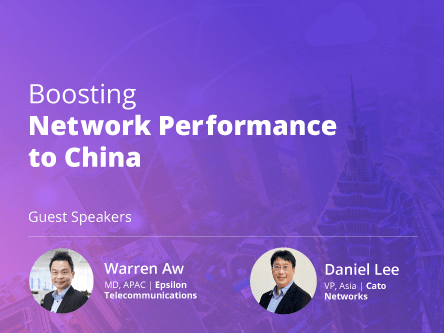By now, it is abundantly clear that networks of the future will be software-defined. Software-defined networking (SDN) is a paradigm that separates the network’s control logic from the underlying routers and switches, thus promoting logical centralisation of network control and introducing the ability to program the network.
SDN abstracts low-level network functionalities, simplifies network management, offers flexible and scalable functionality. The technology decouples network control from forwarding devices while establishing communication between a controller and other applications.
With digital transformation exerting immense pressure on network versatility, the extra flexibility and manageability that SDN confers on large scale connectivity could not have reached the market at a better time. And despite its relative newness, SDN looks set to be a mainstay in the foreseeable future.
Abstraction Is Here, What’s Next?
With SDN slowly gaining a foothold in the modern ICT arena, the next piece of the puzzle is to enhance communication between internal and multi-party networks in ways that would have been unheard of just a decade ago. You’ve guessed it – we are driving at the use of application programming interfaces (APIs) in networks.
The traditional benefits of open API are now well-known. The fast pace of digital transformation is lubricated by open APIs, and we are witnessing unprecedented collaborations and information sharing driven by the emergent API economy. McKinsey estimates that the number of open (public) APIs has tripled in the past year or two.
In the consumer market, we now benefit from the use of APIs every day. Now, take the benefits of open APIs and apply them to SDN. Can you imagine the sheer fit and multiplier effect of these two paradigms on cloud ecosystems?
In a typical scenario of network APIs enhancing SDN, users can set up connection between the data centre and a cloud service provider (CSP) and see the service go live in minutes. There is no need to wait for the service to be provisioned by a network engineer on the backend. In another use case, network APIs can enable greater service orchestration and automation, such as using the Infiny API on third-party cloud-based platforms to immediately thread connectivity services offered by Epsilon.
More Network API Benefits to Come







